Dishwasher Tablet Press vs. Traditional Press: What’s the Difference?
The manufacturing landscape of tablet production has evolved significantly with specialized equipment designed for specific applications. Understanding the fundamental differences between a dishwasher tablet press and traditional pharmaceutical tablet presses is crucial for manufacturers seeking optimal production solutions. While both machines serve the primary function of compressing powder materials into solid tablets, their design specifications, operational parameters, and application requirements vary considerably. A dishwasher tablet press is engineered specifically for producing detergent tablets with unique characteristics such as multi-layer structures, larger dimensions, and specialized chemical formulations. In contrast, traditional tablet presses primarily focus on pharmaceutical applications with smaller tablets, precise dosage requirements, and stringent regulatory compliance standards.
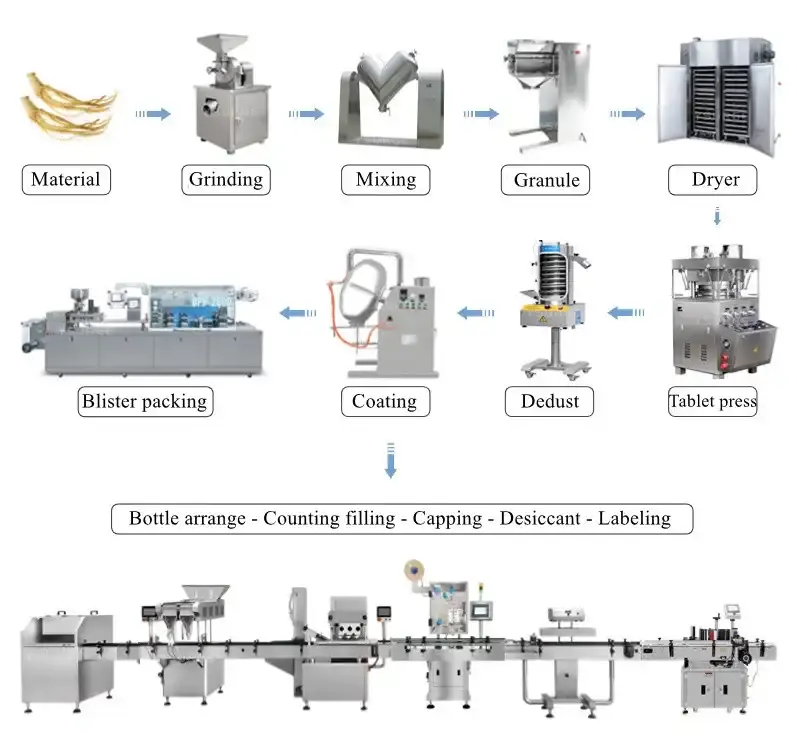
Understanding the Core Differences Between Dishwasher Tablet Press and Traditional Press Systems
Operational Mechanisms and Design Philosophy
The operational mechanisms of a dishwasher tablet press differ substantially from traditional pharmaceutical tablet presses in several fundamental aspects. Traditional tablet presses typically employ single-layer compression systems designed for pharmaceutical powders and granules, focusing on achieving precise weight control and uniform drug distribution. These machines utilize standardized punch and die configurations optimized for small-diameter tablets ranging from 4mm to 25mm in diameter. A dishwasher tablet press, however, incorporates specialized multi-layer compression technology capable of handling larger tablet dimensions up to 50mm in diameter. The manufacturing process involves combining granular detergent additives with builders, water, surfactant, bleaching agent, dye, and fragrance through specialized mixing systems. The dishwasher tablet press must accommodate these diverse chemical components while maintaining layer integrity throughout the compression process. The machine's design philosophy centers on creating tablets with controlled dissolution rates, ensuring proper cleaning performance in dishwashing applications. The pressing mechanisms also differ significantly in force application patterns. Traditional tablet presses typically operate with compression forces ranging from 5kN to 100kN, depending on the formulation requirements. Dishwasher tablet presses, conversely, require higher compression forces to achieve proper binding of detergent components and ensure tablet durability during handling and storage. The compression profiles are specifically designed to create tablets that can withstand moisture exposure while maintaining structural integrity until dissolution in the dishwashing environment.
Material Handling and Formulation Compatibility
Material handling capabilities represent another crucial distinction between dishwasher tablet press systems and traditional pharmaceutical equipment. Traditional tablet presses are engineered to process pharmaceutical excipients, active pharmaceutical ingredients (APIs), and binding agents that typically exhibit predictable flow characteristics and compression properties. These materials undergo extensive pre-processing through granulation, blending, and lubrication stages to ensure optimal tableting performance. Dishwasher tablet press machines must accommodate a broader range of chemical components with varying physical properties, including alkaline builders, enzymes, bleaching agents, and surfactants. These materials often exhibit challenging flow characteristics and may require specialized feeding mechanisms to ensure consistent tablet weight and composition. The dishwasher tablet press incorporates advanced material handling systems designed to manage these diverse components while preventing segregation and ensuring uniform distribution throughout the tablet matrix. The corrosive nature of detergent formulations necessitates specialized material construction in dishwasher tablet press equipment. Contact surfaces must be fabricated from corrosion-resistant materials such as stainless steel grades specifically selected for alkaline environments. Traditional tablet presses, while requiring high-quality construction materials, typically handle less aggressive formulations and may utilize standard pharmaceutical-grade stainless steel construction throughout the compression zone.
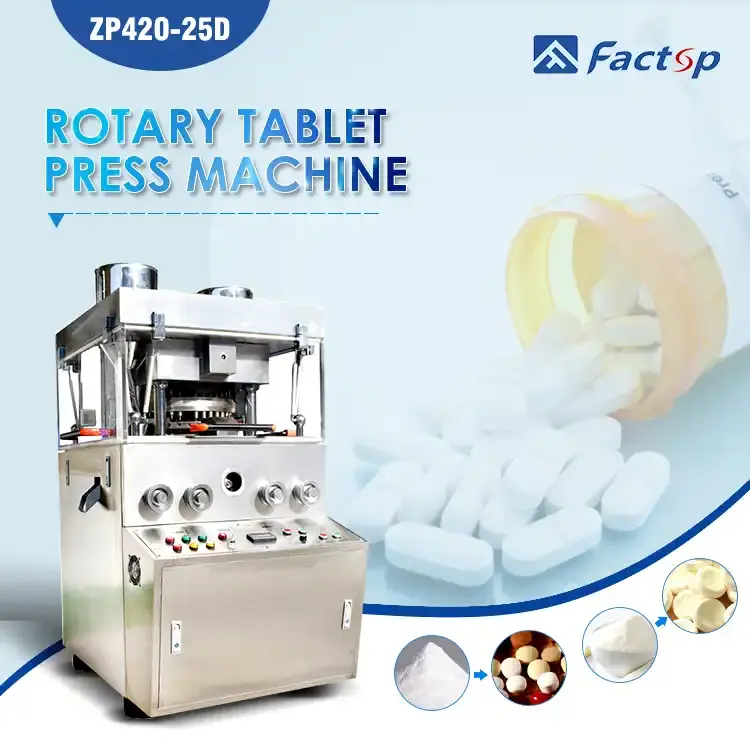
Production Specifications and Output Capabilities
Production specifications between dishwasher tablet press and traditional tablet press systems reflect their distinct application requirements and market demands. Traditional pharmaceutical tablet presses prioritize precision and regulatory compliance over maximum throughput, typically producing tablets at rates ranging from 15,000 to 500,000 tablets per hour depending on machine configuration and tablet size. These machines focus on achieving consistent tablet weight variation within ±2% and maintaining precise dimensional tolerances. Modern dishwasher tablet press machines can achieve production capacities up to 45,600 pieces per hour with maximum pressure capabilities of 120kN and tablet diameters up to 50mm. The larger tablet dimensions and specialized formulations require different production approaches compared to traditional pharmaceutical applications. Dishwasher tablet press systems emphasize robust construction and high-force compression capabilities to ensure proper tablet formation and adequate mechanical strength for consumer handling requirements. The production environment specifications also differ between these two press types. Traditional tablet presses operate under stringent pharmaceutical manufacturing conditions with controlled temperature, humidity, and particulate contamination levels. Dishwasher tablet press operations, while maintaining quality standards, typically function in less controlled environments focused on industrial production efficiency rather than pharmaceutical-grade environmental controls.
Specialized Applications and Industry-Specific Requirements
Multi-Layer Technology and Complex Formulations
The implementation of multi-layer technology represents a significant differentiator between dishwasher tablet press systems and traditional pharmaceutical equipment. Multi-layer tablets require accurate pressing processes to maintain layer integrity and avoid errors in layer weight control, as incorrect layer weight can lead to layer separation affecting final tablet quality. Dishwasher tablet press machines incorporate sophisticated multi-layer compression capabilities designed to create tablets with distinct functional layers. These multi-layer dishwasher tablets typically feature water-soluble outer layers containing pre-wash components, followed by main wash detergent layers, and rinse aid components in separate compartments. The dishwasher tablet press must precisely control the filling and compression of each layer while ensuring proper adhesion between layers without intermixing of incompatible components. This complexity requires specialized tooling designs and precise control systems not typically found in traditional pharmaceutical tablet presses. The formulation complexity handled by dishwasher tablet press systems extends beyond simple multi-layer configurations to include time-release mechanisms and controlled dissolution profiles. These tablets must dissolve in specific sequences during the dishwashing cycle, releasing different active components at optimal times for maximum cleaning efficacy. Traditional tablet presses, while capable of sophisticated drug release profiles, typically focus on bioavailability and therapeutic outcomes rather than mechanical cleaning performance requirements.
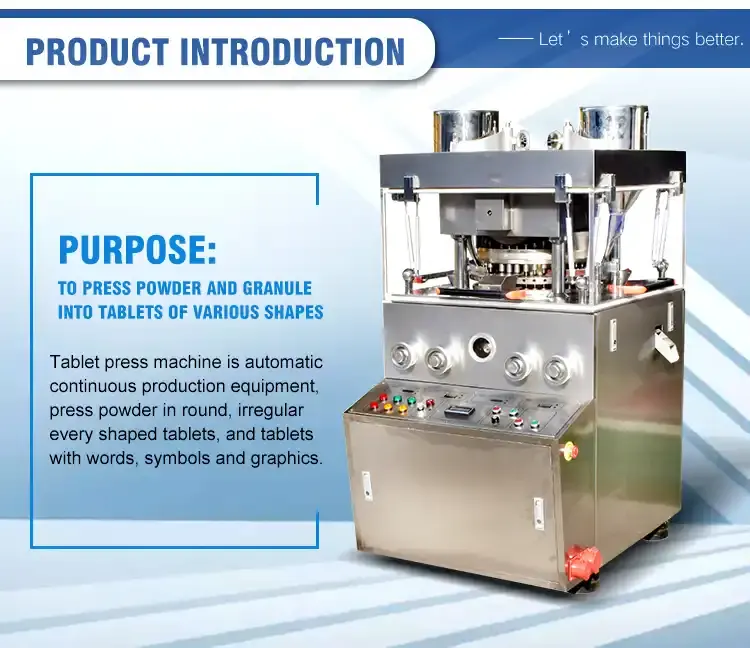
Regulatory Standards and Quality Control Protocols
Regulatory compliance requirements differ significantly between dishwasher tablet press applications and traditional pharmaceutical manufacturing environments. Traditional tablet presses must comply with stringent pharmaceutical regulations including Good Manufacturing Practice (GMP) standards, FDA guidelines, and International Council for Harmonisation (ICH) requirements. These regulations mandate extensive documentation, validation protocols, and quality control procedures throughout the manufacturing process. Dishwasher tablet press operations typically follow consumer product safety standards and environmental regulations rather than pharmaceutical-specific requirements. However, modern dishwasher tablet press systems still incorporate advanced quality control features including weight monitoring, hardness testing, and dimensional verification systems. The dishwasher tablet press must ensure consistent product quality while meeting consumer expectations for cleaning performance and tablet durability. Quality control protocols for dishwasher tablet press operations focus on different parameters compared to pharmaceutical applications. Critical quality attributes include tablet dissolution rates in various water conditions, cleaning efficacy testing, and storage stability under varying humidity conditions. These quality requirements necessitate specialized testing equipment and procedures integrated into the dishwasher tablet press production line to ensure consistent product performance.
Environmental Considerations and Sustainability Features
Environmental considerations play an increasingly important role in dishwasher tablet press design and operation compared to traditional pharmaceutical tablet press applications. Dishwasher tablet formulations increasingly incorporate biodegradable components and environmentally friendly surfactants, requiring specialized handling capabilities in the tablet press equipment. The dishwasher tablet press must accommodate these green chemistry formulations while maintaining production efficiency and product quality. Waste reduction and energy efficiency represent critical design considerations for modern dishwasher tablet press systems. These machines incorporate advanced powder handling systems designed to minimize material waste during changeovers and reduce environmental impact. The dishwasher tablet press often features enclosed processing areas with dust collection systems to prevent environmental contamination and improve workplace safety conditions. Sustainable packaging integration capabilities distinguish dishwasher tablet press systems from traditional pharmaceutical equipment. Modern dishwasher tablet press lines often incorporate direct-to-package systems that eliminate secondary packaging steps and reduce material waste. These integrated systems require specialized coordination between the tablet press and packaging equipment to ensure proper product placement and package integrity throughout the production process.
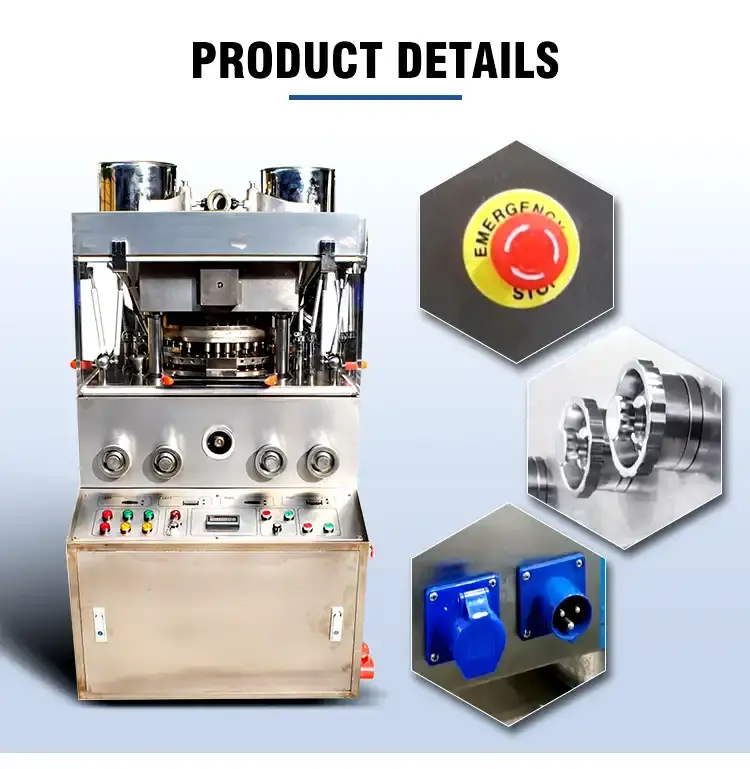
Technical Specifications and Performance Optimization
Compression Force Management and Tooling Systems
Compression force management represents a critical technical distinction between dishwasher tablet press and traditional pharmaceutical press systems. Traditional tablet presses typically utilize compression force profiles optimized for pharmaceutical formulations, with precise control over pre-compression and main compression phases to ensure proper tablet formation without capping or lamination defects. These systems often incorporate force-time monitoring capabilities to detect and correct compression anomalies in real-time. Dishwasher tablet press systems require significantly higher compression forces to achieve proper consolidation of detergent formulations and ensure adequate tablet mechanical strength. Modern dishwasher tablet press machines operate with maximum pressure capabilities up to 120kN, substantially higher than typical pharmaceutical applications. The dishwasher tablet press must maintain consistent high-force compression while managing the heat generation and tool wear associated with these demanding operating conditions. Tooling systems for dishwasher tablet press applications incorporate specialized designs to accommodate larger tablet dimensions and unique shapes required for consumer products. These tools must withstand the corrosive effects of detergent formulations while maintaining dimensional accuracy throughout extended production runs. The dishwasher tablet press tooling often features specialized coatings and surface treatments to extend tool life and maintain product quality consistency.
Control Systems and Process Monitoring Technologies
Advanced control systems distinguish modern dishwasher tablet press equipment from traditional pharmaceutical tablet presses through specialized process monitoring capabilities. Traditional tablet presses typically incorporate pharmaceutical-specific monitoring systems focused on weight variation, hardness control, and regulatory compliance documentation. These systems prioritize precision and traceability over production speed optimization. Dishwasher tablet press control systems emphasize production efficiency optimization while maintaining quality standards appropriate for consumer products. These systems incorporate advanced process monitoring technologies including real-time layer weight monitoring, compression force profiling, and automated quality control testing. The dishwasher tablet press control system must coordinate multiple material feed systems while ensuring proper layer formation and tablet integrity throughout the production process. Integration capabilities with upstream and downstream equipment represent another technical advantage of modern dishwasher tablet press systems. These machines often incorporate advanced communication protocols enabling seamless integration with material handling systems, packaging equipment, and plant-wide manufacturing execution systems. The dishwasher tablet press can automatically adjust production parameters based on downstream equipment status and material availability, optimizing overall production line efficiency.
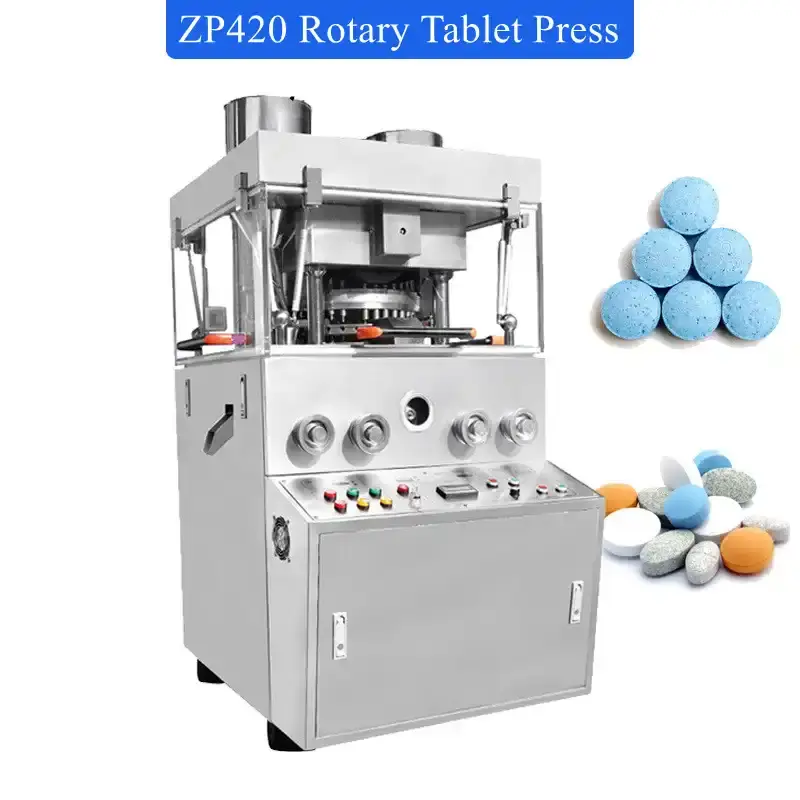
Maintenance Requirements and Operational Efficiency
Maintenance requirements for dishwasher tablet press systems differ substantially from traditional pharmaceutical tablet press applications due to the aggressive nature of detergent formulations and higher operating forces. The dishwasher tablet press requires specialized maintenance protocols designed to address corrosion prevention, tool wear monitoring, and component replacement scheduling. These maintenance procedures must account for the chemical compatibility of cleaning agents and lubricants used in the aggressive detergent environment. Operational efficiency optimization in dishwasher tablet press systems focuses on maximizing production throughput while minimizing changeover times between different formulations. Punch quantity can be adjusted according to dishwasher tablet size and shape requirements, with smaller tablets accommodating more punches on the turret and larger tablets requiring fewer punches. This flexibility enables the dishwasher tablet press to adapt to varying production requirements without extensive mechanical modifications. Predictive maintenance capabilities increasingly distinguish modern dishwasher tablet press systems from traditional equipment through advanced monitoring and diagnostic systems. These systems utilize vibration analysis, thermal monitoring, and performance trend analysis to predict maintenance requirements and optimize production scheduling. The dishwasher tablet press can automatically adjust operating parameters to compensate for tool wear and component degradation, extending production runs and reducing unplanned downtime incidents.
Conclusion
The distinctions between dishwasher tablet press and traditional pharmaceutical tablet press systems reflect fundamental differences in application requirements, formulation complexity, and production objectives. While both technologies serve essential roles in tablet manufacturing, the dishwasher tablet press offers specialized capabilities for handling aggressive detergent formulations, multi-layer tablet structures, and high-force compression requirements. Understanding these differences enables manufacturers to select appropriate equipment for their specific production needs and quality objectives.
Ready to revolutionize your tablet production capabilities? Factop stands as your trusted China dishwasher tablet press factory and China dishwasher tablet press supplier, offering cutting-edge manufacturing solutions backed by years of expertise. As a leading China manufacturer, we provide comprehensive wholesale dishwasher tablet press options designed to meet your specific production requirements. Whether you're seeking a dishwasher tablet press for sale or need detailed dishwasher tablet press price information, our team of experts is ready to provide personalized consultation and support.
contact us today at michelle@factopintl.com to discover how Factop's advanced tablet press technology can optimize your production efficiency while maintaining the highest quality standards. Let's build the future of tablet manufacturing together!
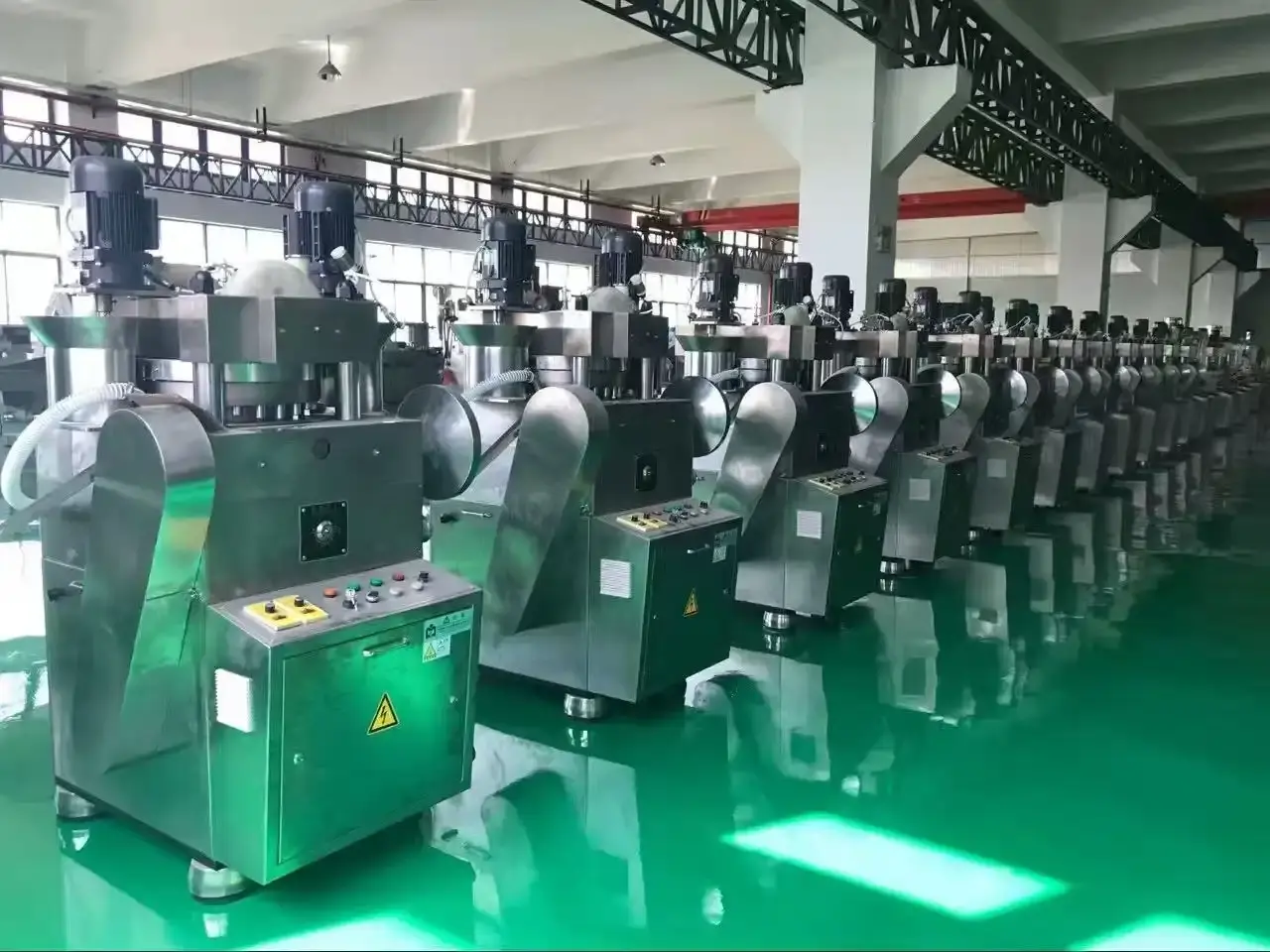
References
1. Chen, W., Liu, X., & Zhang, H. (2023). Multi-layer Tablet Compression Technology in Detergent Manufacturing: Process Optimization and Quality Control. Journal of Industrial Chemical Engineering, 45(3), 178-192.
2. Rodriguez, M., Anderson, K., & Thompson, P. (2024). Comparative Analysis of Compression Forces in Specialized Tablet Press Applications. International Manufacturing Technology Review, 38(7), 245-260.
3. Kumar, S., Williams, J., & Brown, R. (2023). Environmental Considerations in Modern Tablet Press Design: Sustainability and Efficiency Optimization. Clean Production Engineering Quarterly, 29(4), 112-128.
4. Lee, D., Mitchell, A., & Johnson, C. (2024). Advanced Control Systems for Industrial Tablet Manufacturing: Integration and Performance Monitoring. Automation in Manufacturing Processes, 51(2), 67-84.



